Category: Monitoring
-
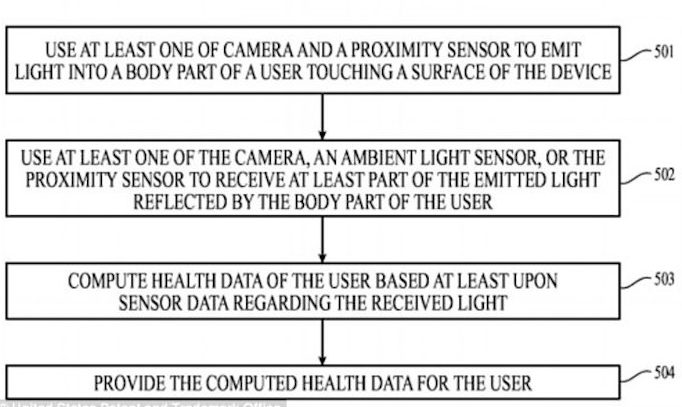
Apple patents multi-parameter, phone-based health tracking
Apple has been granted a patent for phone technology using a front-facing camera and light, proximity, and multiple sensors to measure body fat, heart rate, circulation, blood pressure, and breathing, as well as emotional state via galvanic skin response. The device computes health data of the user based upon sensor data regarding the received light. It has been reported…
-

Verily’s health sensing research watch
The Verily Study Watch passively captures health data for continuous care platforms and clinical research. Key features described by the company include: Multiple physiological and environmental sensors are designed to measure relevant signals for studies spanning cardiovascular, movement disorders, and other areas. Examples include electrocardiogram (ECG), heart rate, electrodermal activity, and inertial movements. A long…
-
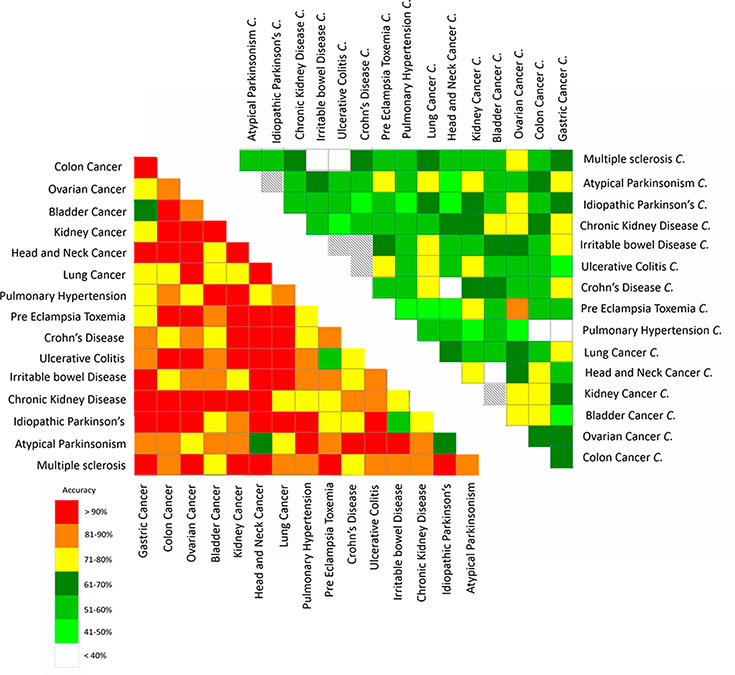
Non-invasive nanosystem detects disease in breath
Technion professor Hossam Haick has developed a nanosystem that can identify the breath signatures of many diseases, including kidney failure, lung cancer, Crohn’s disease, MS, prostate and ovarian cancer. Each compound’s relative abundance in a person’s breath is assessed, and disease signatures are compared against healthy individuals. In a recent study, using mass spectrometry analysis, specific compound signatures…
-
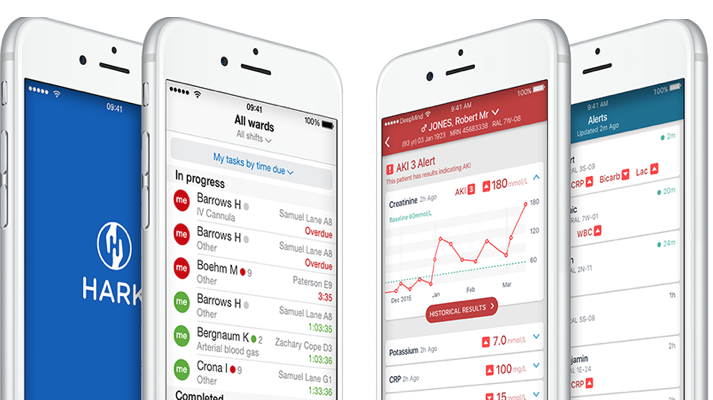
DeepMind Health identifies complication risks
Google has announced DeepMind Health, which creates non-AI based apps to identify patientscomplication risk. It is expected for AI to be integrated in the future. Acute kidney injury is the group’s initial focus, being tested by the UK National Health Service and the Royal Free Hospital London. The initial app, Streams, quickly alerts hospital staff of…
-

Ultra slim sensors for next generation wearables
LG Innotek has developed an ultra-thin optical bio sensor module for monitoring heart rate, blood oxygen, and stress. High-end smartphones typically include these modules, which complement fitness wearables and apps. LG claims that the new module is more accurate and uses less energy than current sensors. Because of its size, is can be used in very…
-
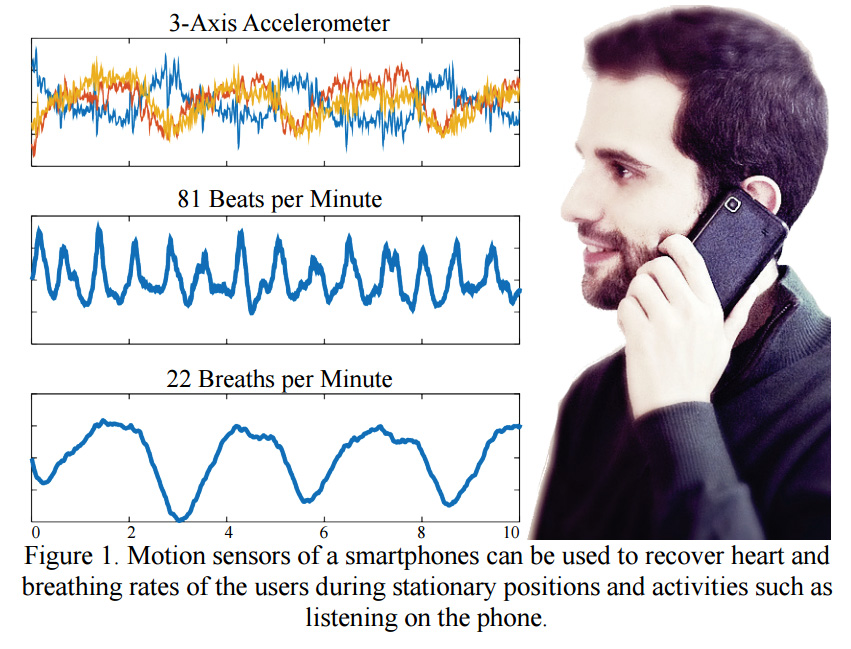
Phone tracks health with out wearable sensors
Javier Hernandez Rivera of Rosalind Picard‘s Affective Computing Group at MIT is developing a health monitoring phone that does not require a wearable. BioPhone derives biological signals from a phone’s accelerometer, which the team says captures small body movements that result from one’s heart beating and chest rising and falling. Hernandez said that BioPhone is meant…
-
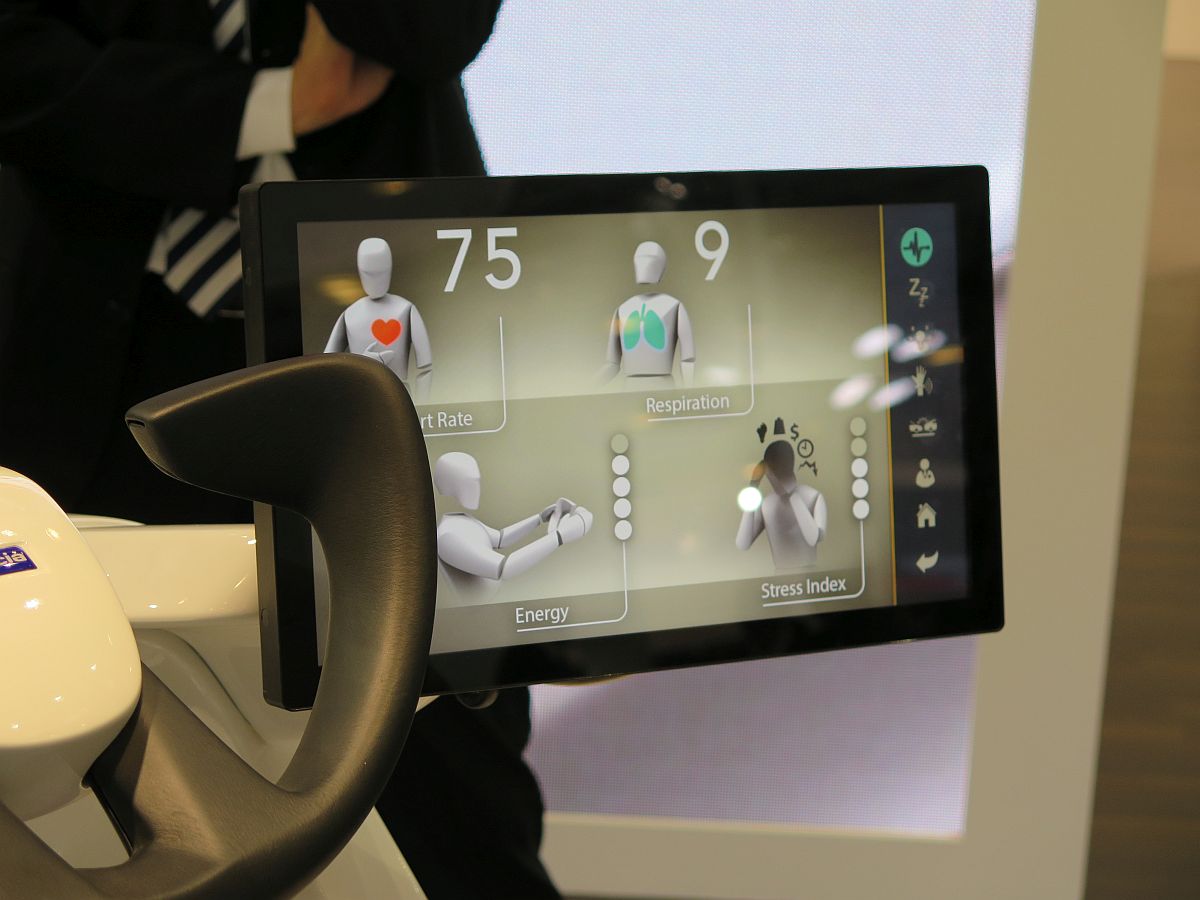
Piezoelectric sensor car seat monitors respiration, heart rate
Faurecia‘s “Active Welness” car seat monitors respiration and heart rate with embedded piezoelectric sensors. The goal is to detect driver stress or alertness. When low energy is detected, the seat responds with specific massage patterns and air flow through the ventilation system. The non-contact sensors were developed by Hoana Medical. Combined with advanced algorithms and signal processing, Faurecia…
-
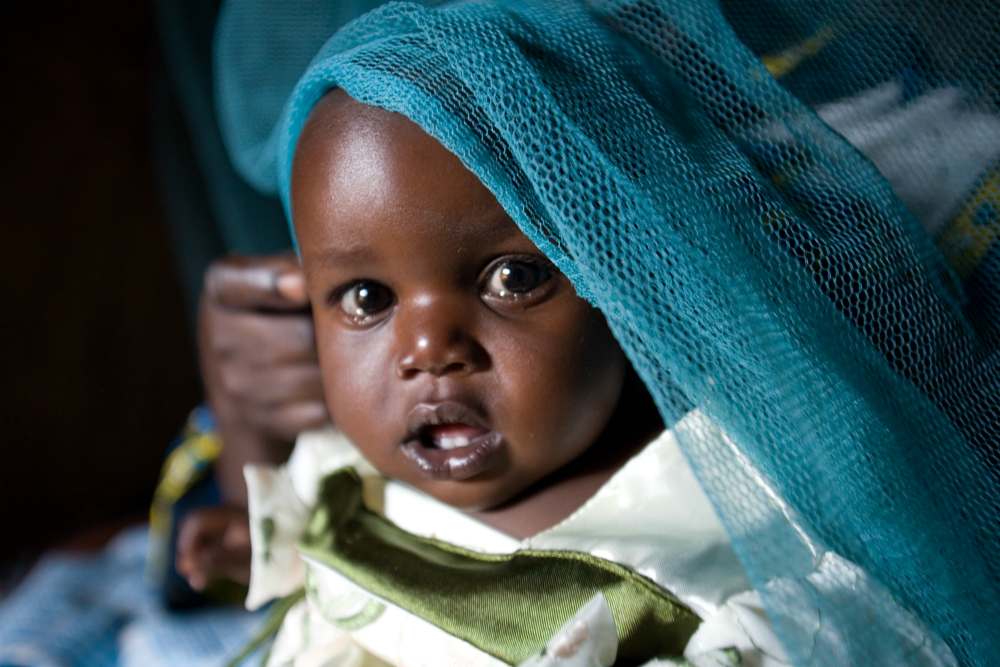
Wearable monitors newborns within 40 mile radius
WAAA! is a text-based neonatal surveillance system developed by David Swann of the University of Huddersfield. It is a finalist project of UNICEF’s Wearables for Good Challenge. Appearance, pulse, grimace, activity and respiratory data is captured, via a patch, during the first day of life. Any deterioration triggers an immediate text alert to a carer. Globally, more…
-
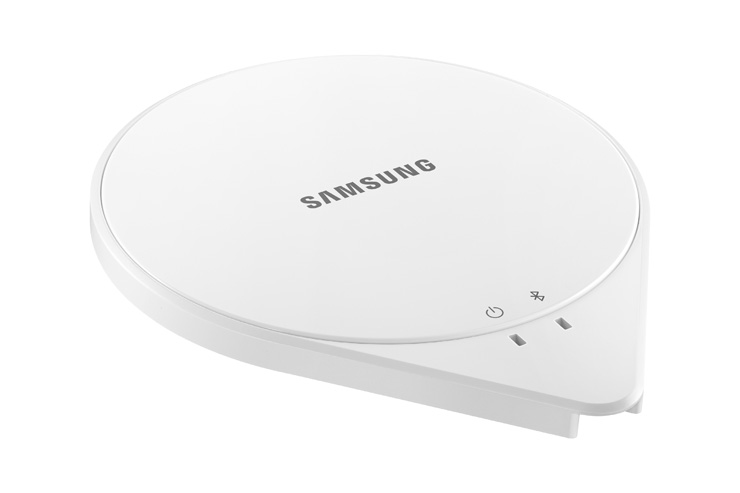
Sleep sensor directs appliances, allows remote monitoring
Samsung’s SleepSense measures breathing, heart rate, and movement in real time, without touching the body. The company claims that this monitoring results in a 97% accurate sleep score, delivered to one’s phone. SleepSense can communicate with a television, audio system, thermostat, and other household devices, to create a favorable sleep environment. TVs can be turned off…
-

Mouthguard monitors health markers via saliva
A prototype mouthguard that monitors health markers via saliva is being developed at UCSD. The large device must be streamlined and miniaturized for mass adoption, but the concept of noninvasive monitoring of lactate, cortisol, and uric acid, is excellent. Previously, this was only possible through a blood test. The device can be worn by athletes,…
-

Real time blood sugar monitoring in the cloud
Google and Sanofi have partnered to develop technology to store and analyze glucose levels in the cloud in real time. Patients and doctors will be able respond quickly to blood sugar variability, to help prevent complications such as heart attacks and cancer over time. Google Life Sciences CEO Andy Conrad believes that “devices that continuously…
-
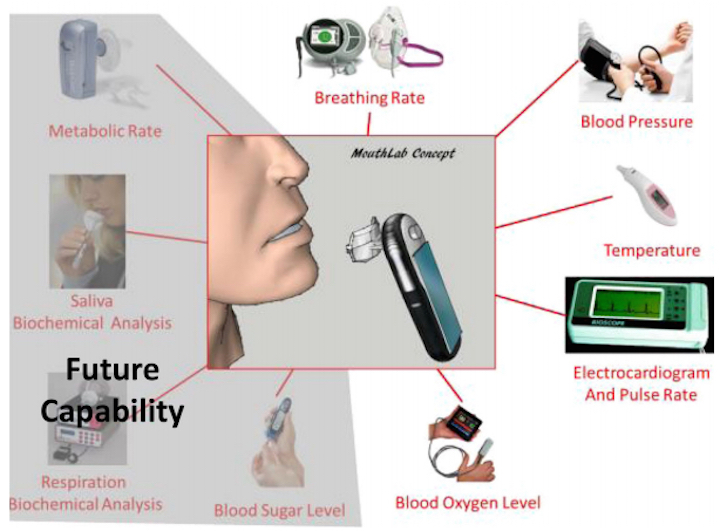
Simple, rapid “tricorder” vital sign monitoring
Johns Hopkins researchers have developed a “tricorder” that quickly picks up vital signs from a patient’s lips and fingertip. MouthLab could replace bulky monitors and gather more data during an ambulance, emergency room, doctor’s office or home assessment. Heart rate, blood pressure, temperature, breathing rate, blood oxygen and a basic ECG are measured. Early…